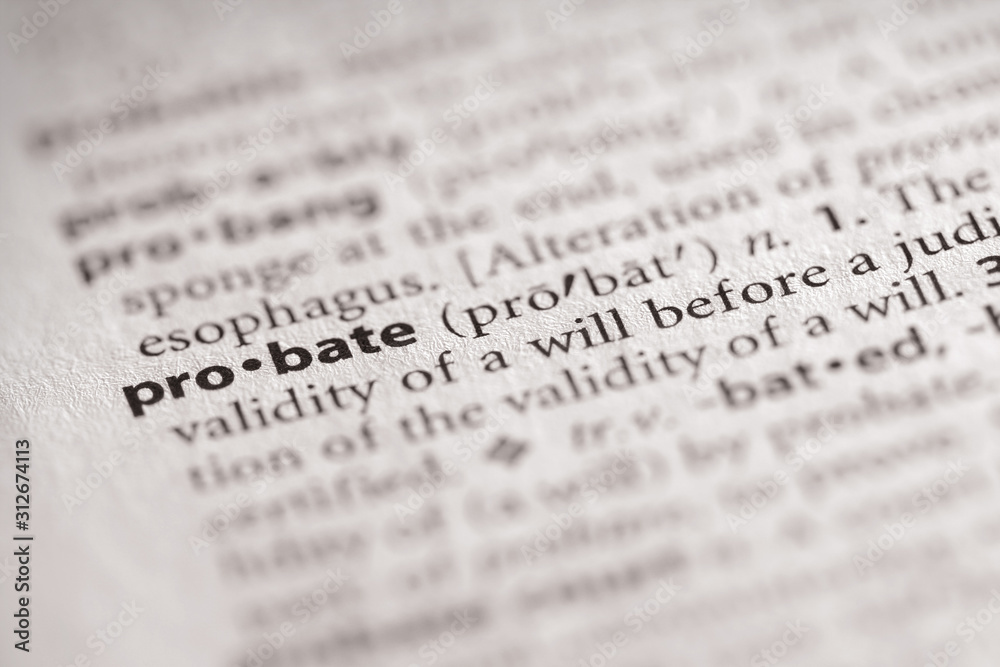Understanding Probate: A Guide for Estate & Trust Administration
When a loved one passes away, their estate must go through a process called probate. This public procedure is essential for settling the decedent’s estate, ensuring that their assets are distributed according to their wishes or, in the absence of a Will, according to Virginia law.
What is Probate?

The Role of the Personal Representative
A key figure in the probate process is the Personal Representative, who can be an Executor (if named in the Will) or an Administrator (if there is no Will). The Personal Representative must qualify by taking an oath before the probate clerk. They may also need to obtain a surety bond, which can be waived if specified in the Will.
Probate is the legal process of administering the estate of a deceased person. If the decedent has a Will, their estate is considered testate, and the Will is probated. If there is no Will, the estate is intestate, and the distribution of assets is determined by Virginia law.
Steps in the Probate Process
Qualification & Bonding
The Personal Representative takes an oath before the Probate Clerk and may need to secure a bond.
Estate Valuation
An estimate of the estate’s value, including both personal and real property, is provided. The probate tax is assessed based on this estimate.
Appointment of Commissioner of Accounts
The probate clerk assigns a Commissioner of Accounts to oversee the administration of the estate.
Notification of Heirs
The Personal Representative must notify the heirs at law, regardless of their inclusion in the Will.
Inventory Submission
Within four months of qualification, the Personal Representative submits a detailed inventory of the estate’s assets to the Commissioner.
Accounting
A comprehensive accounting of all transactions is due within 16 months from the date of qualification and annually thereafter until the estate is closed. The accountings are filed with the Commissioner.
Responsibilities of the Personal Representative
The Personal Representative is responsible for paying the decedent’s debts, filing necessary tax returns, and ultimately distributing the remaining assets to the beneficiaries. This includes filing a final individual income tax return, a fiduciary income tax return, and potentially an Estate Tax Return if the estate exceeds the applicable exclusion amount.
Closing the Estate
Once all debts and taxes are settled, the Personal Representative can proceed with the final distribution of assets and close the estate. This process can take anywhere from 16 to 24 months for a simple probate administration and may involve significant costs and expenses.
Avoiding Probate
While probate is a necessary process for many estates, it can be avoided with proper estate planning. By creating a comprehensive estate plan, individuals can ensure their assets are distributed according to their wishes without the need for probate, saving their loved ones time and money.

